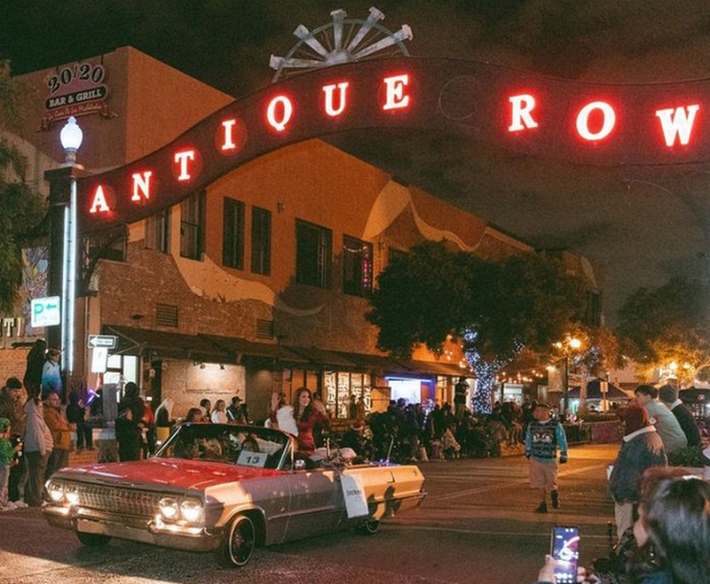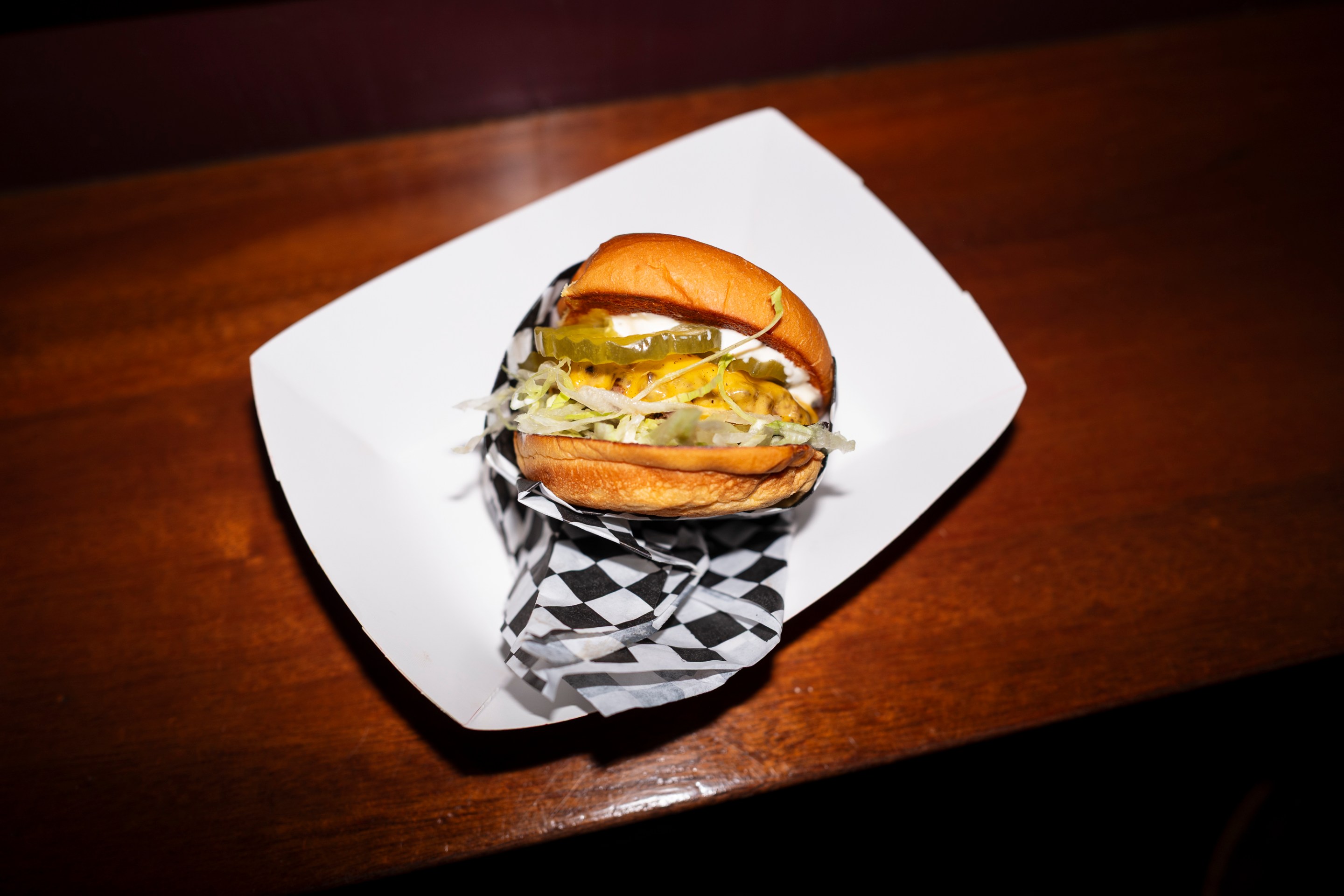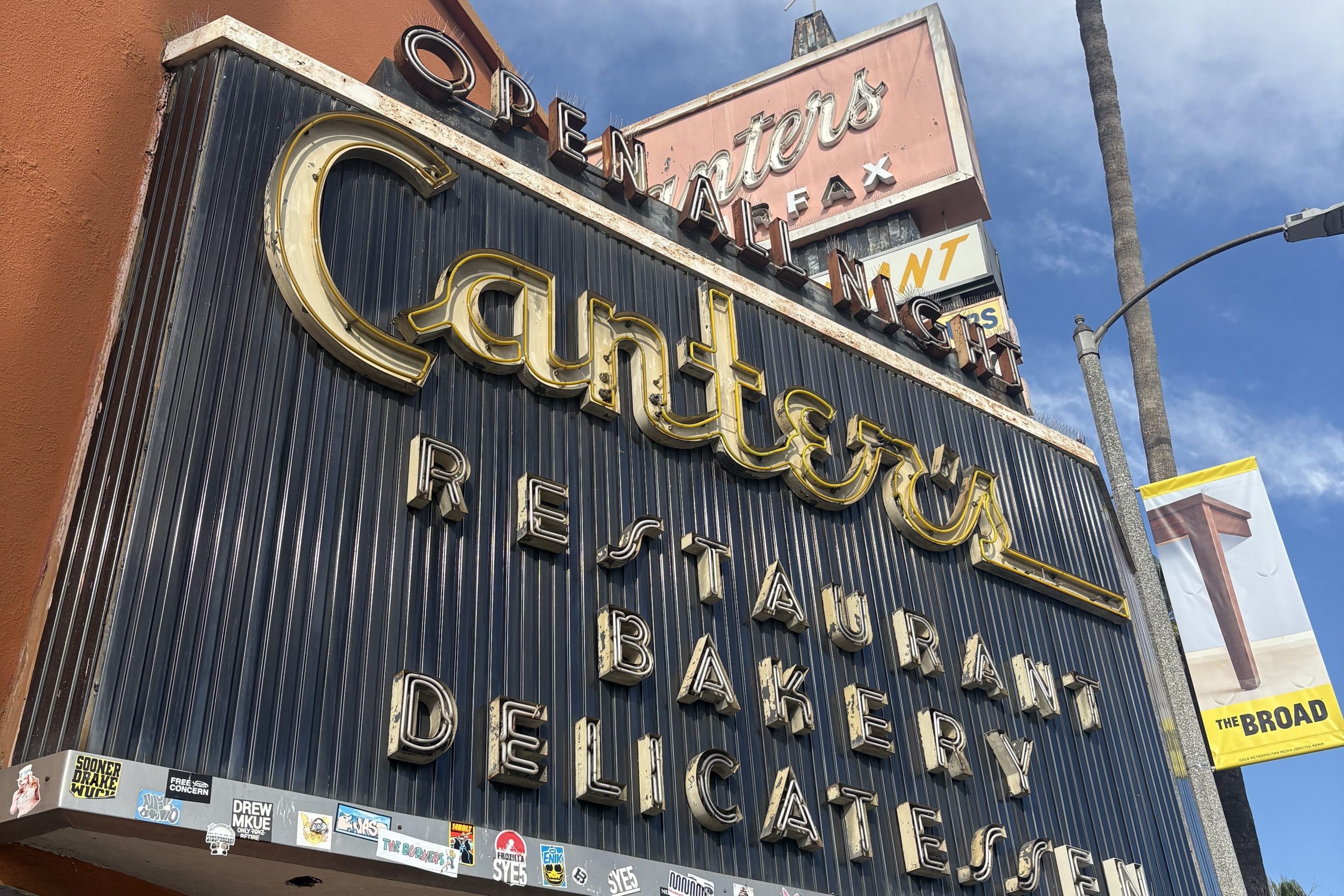L.A. TACO is currently on its biggest mission yet: to create a food guide for every single neighborhood in Los Angeles! Along the way, we will also be releasing brief histories of each neighborhood to understand L.A.’s past and present a little more, all the while celebrating how each and every square inch helps make our fine city the best in the world. Today we’re taking a look at Pomona.
Pomona, located on the easternmost border of L.A. County, was established on land that was inhabited by Tongva Natives for millennia. Following its seizure by the Spanish Crown and its Franciscan Mission system, the stolen land was frequently given as concessions to retired Spanish soldiers to get them to stay in the wild new land. After their passing, the land would go back to Spain's possession. Once Mexico took over these lands after the country gained its independence from Spain, the church was secularized and the land was divided into bigger allotments of ranchos, set aside for families that intended to stay and help settle the land. Unlike the Spanish Concessions, the land would be their permanent property.
In 1837, Governor Juan Batista Alvarado granted 22,340 acres of these former San Gabriel Mission lands to Californio rancheros Ygnacio Palomares and Ricardo Vejar. Their livestock herds had outgrown Maria Rita Valdez de Villa’s Rancho Rodeo de las Aguas in modern-day Beverly Hills, where they had been kept. The men named their newly acquired land “Rancho San Jose,” as they laid out its boundaries on the feast day of San Jose (Saint Joseph). The communities of Pomona, San Dimas, Diamond Bar, Azusa, La Verne, Walnut, Covina, Claremont, and Glendora are all located, in whole or partially, on lands that were once a part of Rancho San Jose. Today, one can still visit the restored Adobe de Palomares on the site where Palomares constructed his 13-room house between 1850-1855.
The ranchers were given additional land in 1840, as Palomares’ brother-in-law, Jose Arenas, joined them, and the three petitioned the governor for more acreage for their animals to graze. These new lands would come to be called Rancho San Jose Addition. Six years later, Arenas sold his share of Rancho San Jose to Henry Dalton in order to cover a $1,000 debt owed to Oaxacan-born California governor Manuel Micheltorena, future governor Pio Pico, and Jose Carrillo, who was attempting to put down a feared rebellion by former governors Jose Castro and Juan Bautista Alvarado.
Where have we heard the name Henry Dalton before? In last week’s history of Arcadia. The London-born Dalton was on a buying spree since arriving in California, having snatched up Rancho de Duarte in 1844, among other lands in Downtown and San Pedro, between which he'd create a shipping empire. Dalton also built the first two-story brick house in the Pueblo of Los Angeles, on the site that today houses St. Vibiana’s cathedral.
After Dalton purchased Arenas’ land, he acquired Rancho Santa Anita from Scotsman “Perfecto” Hugo Reid in 1847. In total, “Don Enrique” Dalton would own, and eventually lose, five ranchos: Azusa, San Francisquito (site of today’s El Monte, Irwindale, and Temple City), San Jose and San Jose Additional, and Santa Anita. Some of these losses came from damages, vandalism, and livestock theft sustained during the Mexican-American War of 1845-1848 (Dalton rooted for Mexico), in which the signing of the Treaty of Guadalupe Hidalgo turned California into United States territory. This transition led to more U.S. and European Anglos visiting and moving to California from the East Coast, Midwest, and U.S. South. Other losses to Dalton's empire came from squatters on his land, protracted litigation over his claims with the Mexican government, and because he was spending too much to please his wife, Maria Guadalupe Zamorano, a renowned beauty whom he met when he was 43 and she just 14. For a time, Dalton all but owned the entire foothills of the San Gabriel Mountains and was one of the biggest landowners in Los Angeles. Dalton died in 1884, two years before the arrival of the Santa Fe Railroad, which helped nearly quadruple L.A.’s population, leading to much of his former land soon turning into cities that could accommodate the new arrivals.
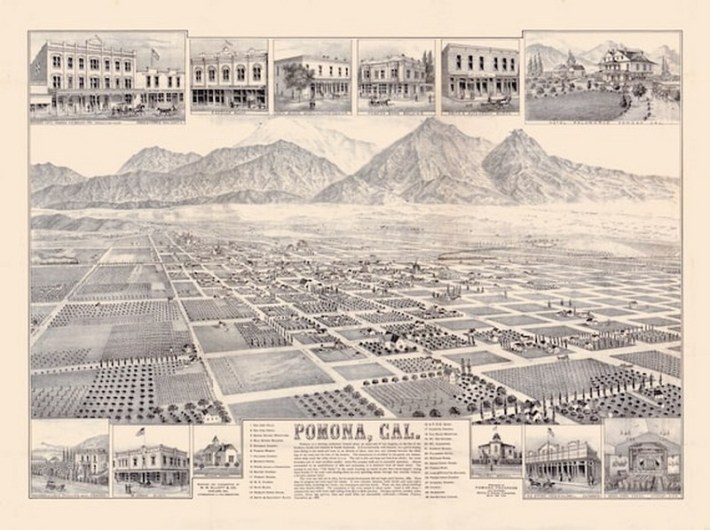
Pomona was established on Vejar and Paomares’ former lands. In 1875, a contest was held to name the valley and new city. “Pomona,” the name of the ancient Roman goddess of orchard fruit, was chosen by horticulturist Solomon Gates. Pomona’s seal depicts the goddess holding a leashed Doberman in one hand and one of those cornucopia things overflowing with fruit. At that point of its naming, no fruit tree had been planted in the area. Pomona was officially incorporated as a city on January 6, 1888, and became a charter city in 1911.
In the 1880s, Coachella Valley water started to arrive in the area, which was already served by a railroad, helping Pomona’s legend as a citrus orchard giant to take off. In the 1920s, Pomona was called the “Queen of the Citrus Belt” and boasted one of the highest per-capita income levels in the country. This made Pomona an exemplary model of affluent and middle-class American life, leading film studios to preview films in Pomona in the 1940s before their release, to get a sense of how they would play to the U.S. at large.
In 1864, Palomares’ widow sold 12,000 acres of Rancho San Jose to a Jewish Polish/Prussian immigrant named Louis Phillips, nee Galefsky, soon to be known as “the richest man in L.A. County.” Phillips is considered one of the first Jewish people to become a U.S. citizen in California and is famed for building The Phillips Block, the largest commercial building in Downtown’s business district, where Asher Hamburger would open the Peoples Store in 1888, later known as Hamburger's, “the largest retail store in the Western United States.”
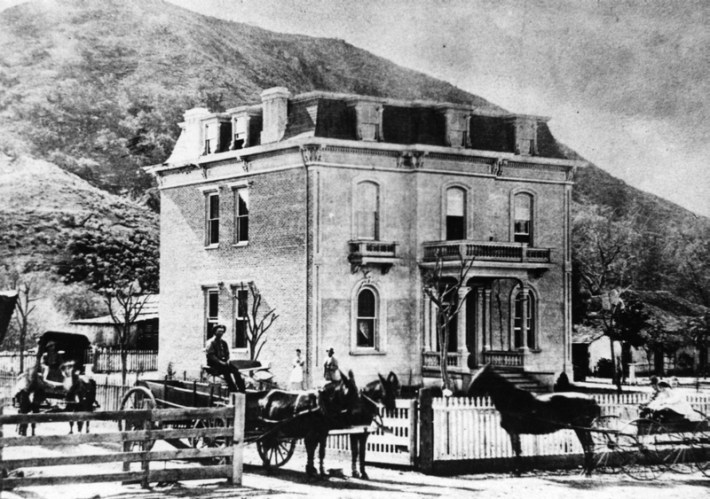
Before that, Phillips sold some of his land in Rancho San Jose to William “Uncle Billy” Rubottom in 1866. There he created “Spadra,” a town named after his Arkansas hometown, which was soon turned into a stagecoach stop. Rubottom added a hotel and tavern to nourish travelers to the area, whose population swelled to 400-500 residents by 1870. Soon, it had three stores, a post office, and a school. Phillips convinced Southern Pacific Railroad to build a line to his new town in 1873, figuring it would lead to boom times in Spadra, where he’d build a colossal mansion of his own. But the railroad extended the line past Spadra to Colton, causing Spadra to lose much of the forward trajectory Phillips forsaw. Today, the Phillips Mansion and the Spadra Cemetery are the only remaining vestiges of this town, which Pomona annexed in 1964. Phillips died in his house in 1900. Today, several streets and a ranch established in 1980 are named for him.

Among the many things Pomona is known for is the Pomona Fairplex, where the first fair opened on October 17, 1922, drawing around 50,000 people in five days. The Great Depression would temporarily dampen attendance at the fair, which continues today, as did World War II, in which the Fairplex would, much like Santa Anita Park, cruelly intern Americans of Japanese descent, and, later, Axis prisoners of war.
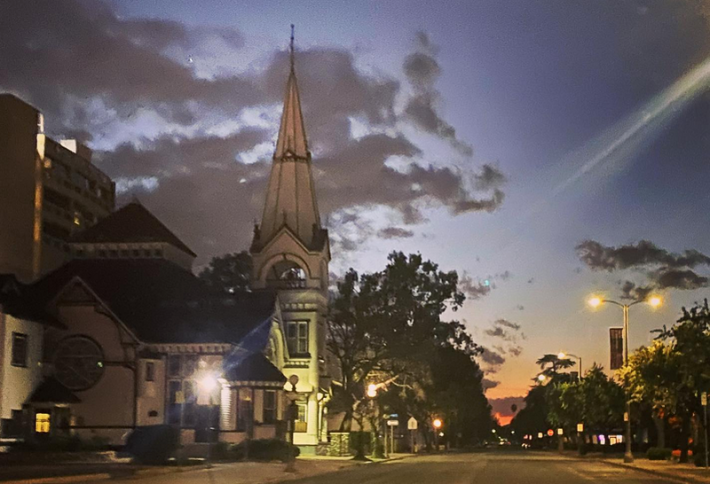
Pomona is also known for having an abundance of churches, with more than 120 representing a vast array of architectural styles of various eras and religions. It also counts at least one Church's Fried Chicken.
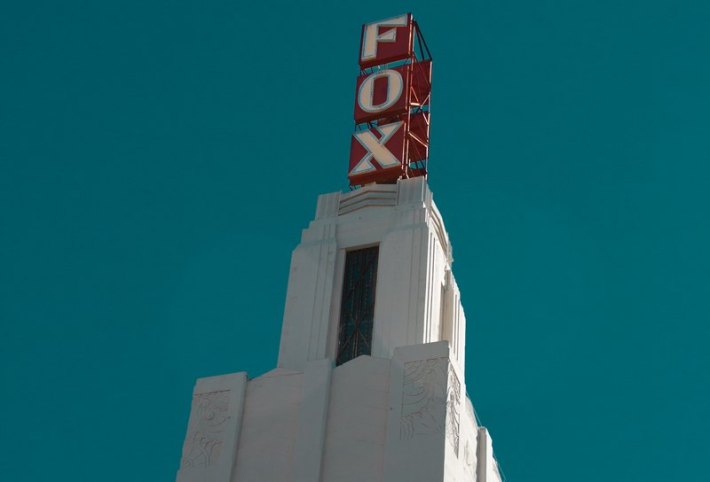
Once a giant of the citrus world and a city known for wealthy residents, many areas of Pomona have changed with more significant populations of working-class residents and greater diversity. Today, its economy revolves more around healthcare, manufacturing, construction, wholesale trade, and education than oranges. Pomona residents, unfortunately, have to live with a great concentration of pollution, as well, given its inland location and multiple adjacent freeways. According to Mayor Tim Sandoval's office, Pomona residents are "exposed to some of the highest cumulative pollution burdens in the state" and often lack a voice on issues that concern them. A 2021 census shows a population that's vastly majority Hispanic or Latino, 33.7% White, 5.9% Black, and nearly 11% Asian, with 13.2% claiming to be two or more races.
The primary campus of California State Polytechnic University, Pomona, aka Cal Poly Pomona, lies mainly within the city limits, while Pomona College is actually in Claremont . In 2005, Pomona elected the first woman of Guatemalan heritage, Norma Torres, to serve as a U.S. mayor. Today, Torres is a U.S. Congresswoman representing California's 35th congressional district.
